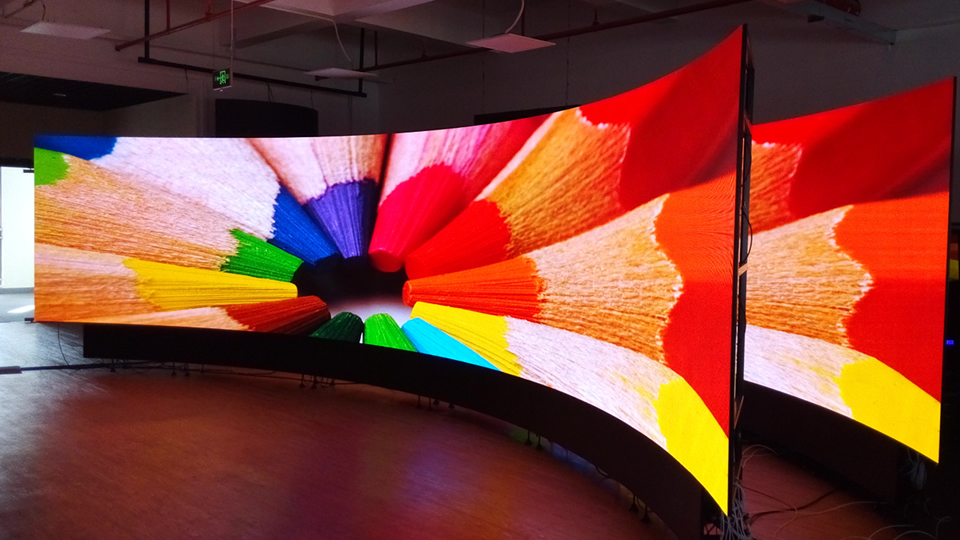If you've been shopping around for led displays, you've probably come across the terms “indoor” and “outdoor” quite a bit. At first glance, it might seem like the only difference is where you place them — inside a building or outside in the open. But in reality, the gap between indoor and Outdoor LED Displays is much wider than that.

Let's start with brightness. One of the most obvious differences is how much light the display can put out. Outdoor displays need to be seen clearly even under direct sunlight, so they're made to be extremely bright — we're talking 5,000 nits or more. Indoor displays don’t need nearly as much brightness, usually around 800 to 1,200 nits is enough for most indoor spaces like lobbies, stores, or conference halls.
Then there's weather resistance. Outdoor led displays are designed to survive heat, rain, snow, wind, dust — you name it. Their enclosures are sealed, waterproof, and built to keep everything protected. Indoor displays don't have to deal with those extremes, so their structure is generally lighter and more minimal. That's great for weight and design flexibility, but it also means you can't just take an indoor screen and stick it outside without expecting problems.
Another big difference is pixel pitch — the distance between each pixel. For indoor viewing, people are usually standing much closer to the screen, so you need a tighter pitch to make sure the image looks sharp. A pitch of 1.5mm to 2.5mm is common for indoor displays. Outdoor displays, on the other hand, are often viewed from further away, so they can use larger pixel spacing — maybe 4mm, 6mm, even 10mm — and still look great.
There's also installation to think about. Outdoor screens usually need steel structures, weatherproof cabling, ventilation systems, and serious power considerations. Indoors, things are usually simpler. Mounting a screen on a wall or from the ceiling, connecting to a regular power source — those are more straightforward tasks, depending on the size of the screen.
Cost is another factor. Because of the materials, protective housing, and higher performance requirements, outdoor LED displays are typically more expensive than their indoor counterparts. It's not just about screen size — it's about what the screen is built to endure.
In short, choosing between indoor and outdoor LED displays isn't just a matter of location — it's about performance, protection, and purpose. Understanding how they differ can save you time, money, and a lot of frustration down the line.

